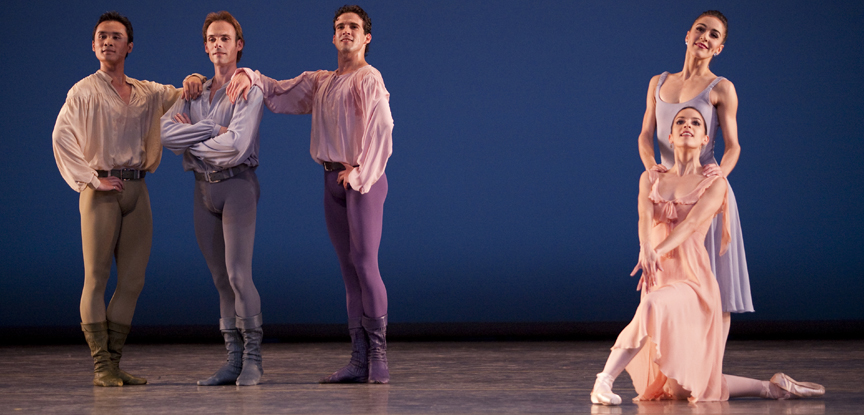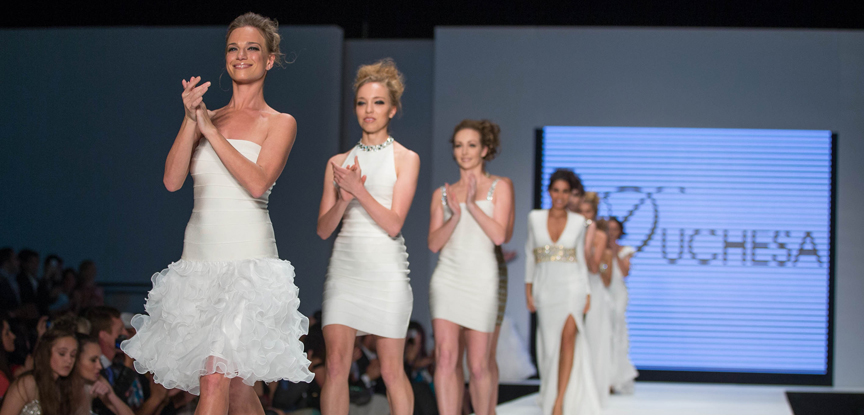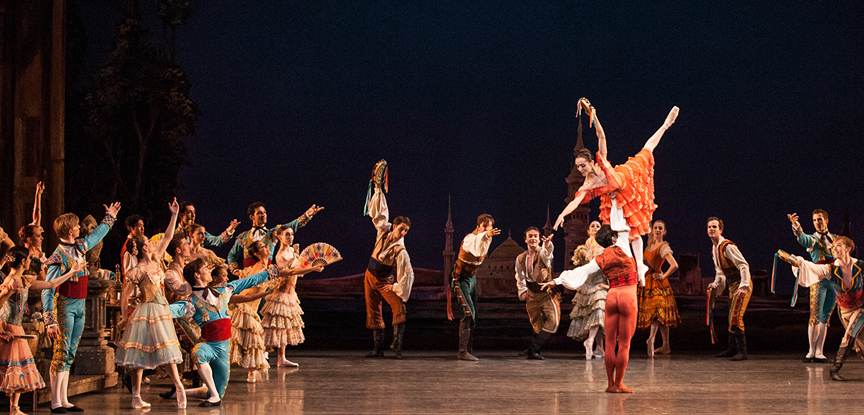Post by Adriana Pierce, Corps de Ballet

Endings create, and provide the necessity for, new beginnings. And new beginnings give clarity and meaning to those things that have ended. On the eve of this new year, the significance of many of my experiences in the past several months seems clearer than ever. My first full year with Miami City Ballet has been full of important personal and artistic discoveries. My identity as an artist has grown, and I feel well-equipped to begin a new year with all that I have learned under my belt. Here are some of my 2011 standouts:
MCB’s July tour to Paris was truly unforgettable. We spent three weeks speaking semi-bad French and eating pastries. We got a chance to explore a city and culture. We grew closer as a community. We got to enjoy a variety of unpasteurized cheeses paired with wines that I still dream about. But, most importantly, we got to dance our faces off for a month in a historic and beautiful theatre for audiences who would have jumped up onto the stage with us had it been allowed. Our performances at the Théâtre du Châtelet reified what I love about live theatre: the electric relationship between those experiencing art and those creating art. Each entity cannot exist without the other, and, when the chemistry is right, the force of the connection can transcend human understanding and blast down walls of materiality. Each night in Paris produced this kind of art euphoria; each performance felt as though a tremendous truth was being shattered and then proved true again. We lived inside that theatre. Paris was also an important personal triumph. Two summers earlier, with a different company I still love and admire, I was having similar artistic illuminations on the stage of the Saratoga Performing Arts Center. As I bowed next to those dancers for the last time, I made the decision to dedicate my life to art that feels real and important. Finding myself in Paris with a new, equally brilliant company of beautiful people was a testament to that pledge, and reminded me both what it took to get there and how far I can go from here.
In August, Royal Ballet’s Liam Scarlett spent three weeks with us as he choreographed a ballet on the company. I had returned to Miami from Europe armed with new-found confidence and all sorts of crazy ideas about how to change the world through art, and I was eager to become immersed in a new project. New ideas, new ways of approaching movement, and fresh eyes for artistic design are an essential part of the growth of our art form, and one of the greatest ways to learn about our craft is to experience the creative process firsthand. Besides being a total delight to work with, Liam is an excellent voice in the dance world. His piece for MCB, entitled Viscera, is an intensely musical study of human physicality. He has given us an invaluable opportunity to push our own limits and explore a different style of movement. As a young choreographer, watching Liam work with the dancers has also given me a chance to challenge my ideas about what I would like my own choreography to intend. Creativity is born from creativity, and we are constantly stimulated and inspired by those around us. I am so grateful to be surrounded by this family of exceptional and informed artists.
A dancer’s career goes through many ups and downs, but, within all the changes, there will always be pieces of choreography which are particularly meaningful. Balanchine’s Square Dance is a ballet that resonates quite deeply with me. It represents everything I appreciate and respect about intelligent choreography and performance, and has completely transformed my identity as a dancer. Square Dance is also the first piece I had ever seen MCB perform live. That performance at New York City Center in 2009 still stands out in my memory as one of my most thrilling live theatre experiences. The energy during that performance, as in our recent Paris trip, could have blown the roof off of the theatre. I have carried the feeling of that night with me for all this time, and I have been so honored to work on Square Dance with the very dancers who made it so sacred to me. When the curtain went up on my Square Dance debut this past October, it felt as though my dancing career had always been leading up to that moment. With help from the support and encouragement from my fellow dancers, the confidence I found in myself from Paris, and the strength and fearlessness I gained from Viscera, I was able to push myself beyond what I had previously thought I could do. I worked harder on stage than I ever have before. I transcended my own understanding. I broke down my own walls of personal perceptions. And each moment was perfect, unforgettable, and unmistakably, “art.”


 Miami City Ballet and New World Symphony have long been the two pillars of Miami’s arts world, attracting acclaim from audiences and critics alike. The dancers and musicians work in the same neighborhood, frequent each other’s performances, and have always expressed how wonderful it would be to work together. After decades as South Florida’s premier arts organizations, it is with great excitement that we prepare for our first full-evening performance together on March 18th — a creative exchange between the dancers of Miami City Ballet and the fellows of New World Symphony.
Miami City Ballet and New World Symphony have long been the two pillars of Miami’s arts world, attracting acclaim from audiences and critics alike. The dancers and musicians work in the same neighborhood, frequent each other’s performances, and have always expressed how wonderful it would be to work together. After decades as South Florida’s premier arts organizations, it is with great excitement that we prepare for our first full-evening performance together on March 18th — a creative exchange between the dancers of Miami City Ballet and the fellows of New World Symphony.


 Principal Soloist Callie Manning is not only practicing her tendus and pliés this week, but she is also getting ready to strut her stuff down the catwalk during
Principal Soloist Callie Manning is not only practicing her tendus and pliés this week, but she is also getting ready to strut her stuff down the catwalk during 

